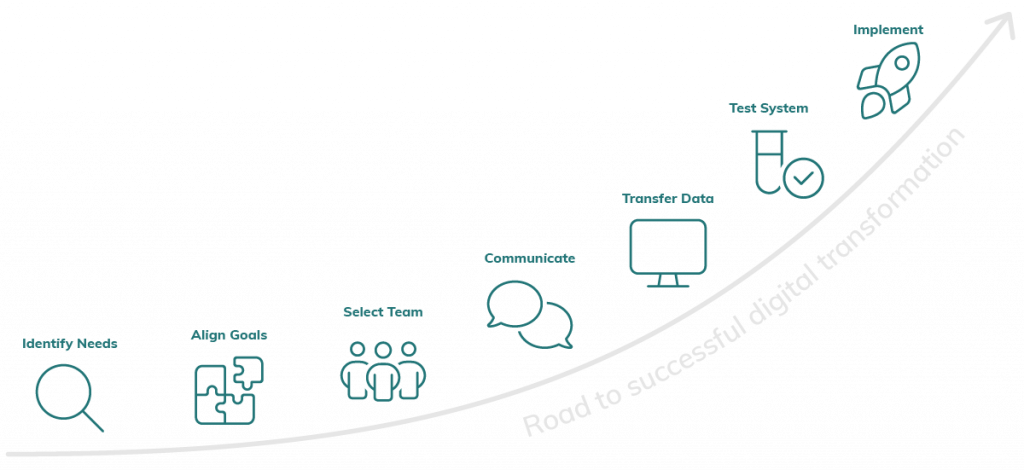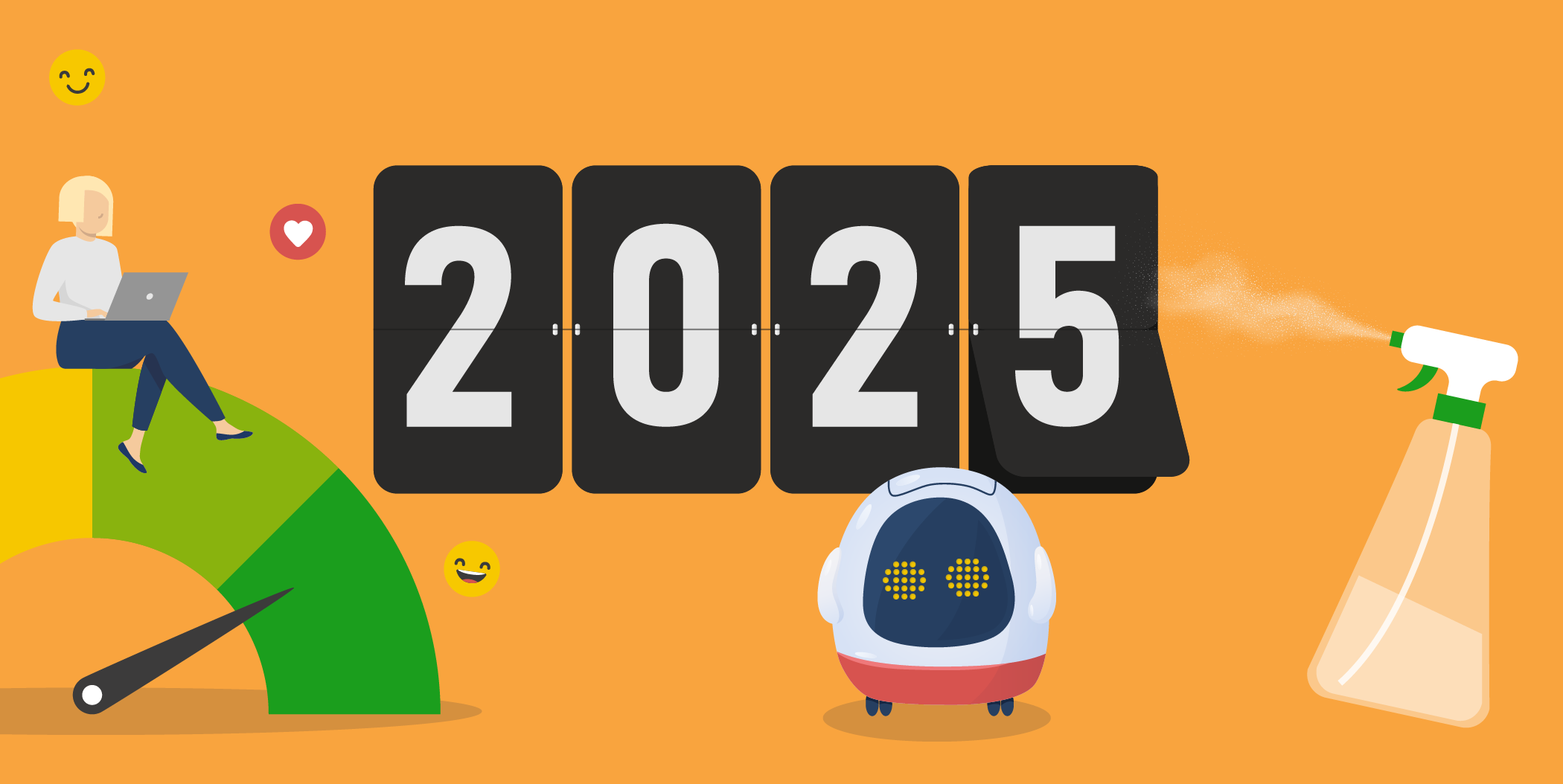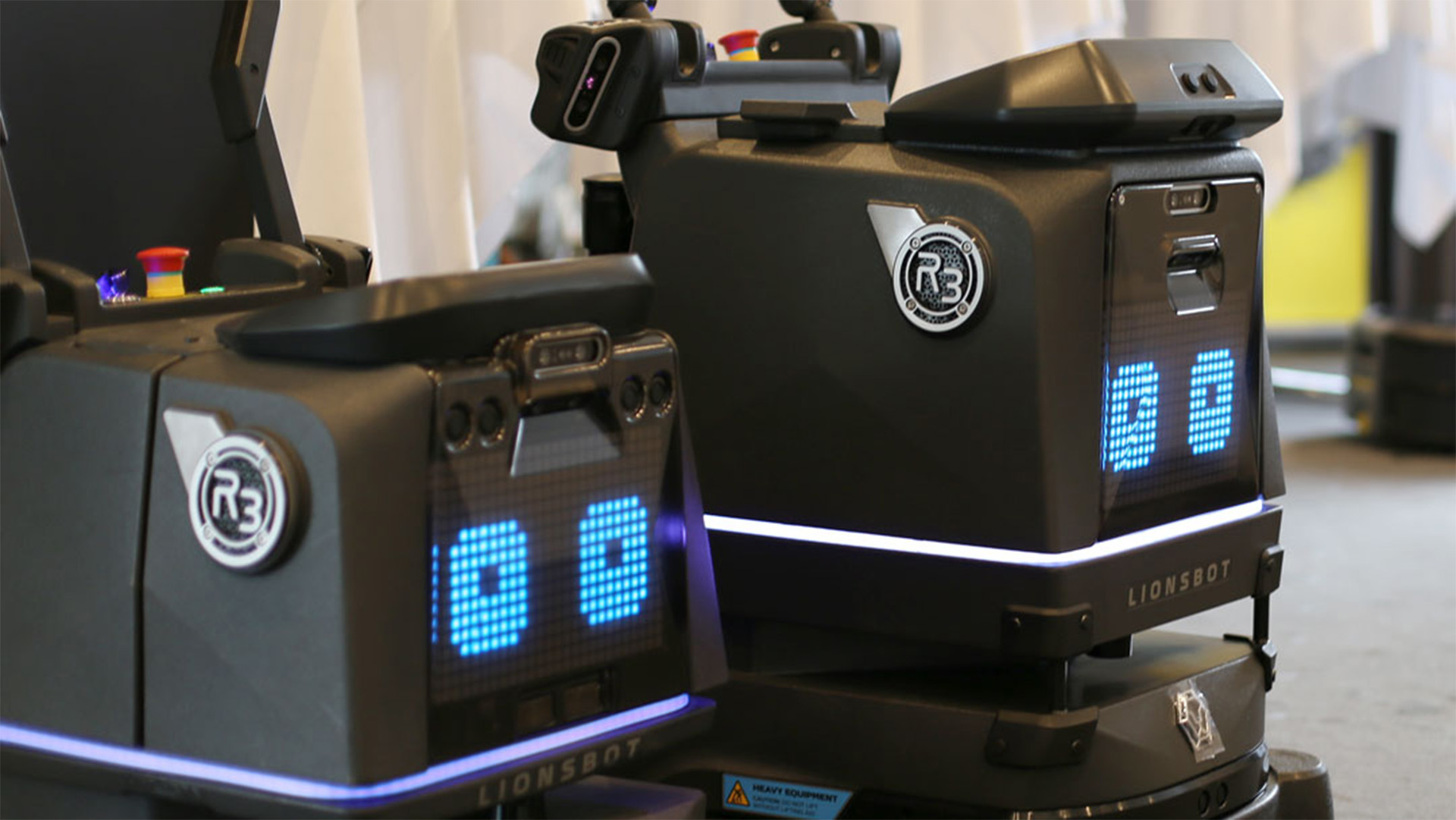An array of new cleaning technologies and digital tools are available and ready to use. These technological advancements can effectively tackle staff shortage and the increased demand for cleaning quality caused by Covid-19. But fully embracing digitalisation and technology can be challenging as they disrupt the working routines. Both you and employees often have concerns about implementation time and job displacement. But behold! There are effective strategies to solve these issues through step-by-steps and change management. Let’s delve into these issues and explore potential solutions.
Addressing Employee Concerns and Misconceptions about Technology and Digitalisation
The quickest way to failure when implementing new technology is to sideline your employees. If you’re aiming for failure, simply enforce changes without involving those who will be directly affected, and watch the project go down the drain.
But you want the opposite, of course, so you should do the opposite. To successfully counter employee concerns regarding technology and digitalisation, the first crucial first steps are fostering understanding and communication. Listening to employee concerns and misconceptions provides an overview for constructive action. You can benefit from listening to your employees in their day-to-day work and discussing potential improvements. This will give employees co-influence. For example, conduct a questionnaire to understand which strenuous routine tasks employees wish to avoid. Alternatively, appointing tech-savvy employees as project managers can drive the technological projects forward.
To help you on your way, we’ve provided a quick rundown of common concerns and misconceptions below.

Debunking Misconceptions and Addressing Concerns
When employees are introduced to new technology and digital tools, they often feel overwhelmed. This feeling comes from several misconceptions and concerns.
One common misconception is requirements of technical expertise for the new technology and digital tools. At surface level, these innovations may seem complex. In reality, technology developers prioritise user-friendliness, ensuring their products are accessible to secure product sales in the cleaning industry. No one wants to buy a technological product they don’t know how to use, and the technology industry knows that.
Another misconception is fear of job displacement caused by automation. But neither robots nor software are designed to replace jobs; in fact, they serve as valuable additions to the workforce. For instance, robotic vacuum cleaners can efficiently cover large areas and manage heavy lifting, potentially reducing sick days and enhancing the work environment for employees. When they assist in strenuous tasks, employees can focus on more engaging tasks.
Employees may also feel overwhelmed by the growing technological market. Older employees or those who’ve been in the company for many years may not be tech-savvy and fear disruptions to their daily routines. From their perspective, changing routines require more effort than what the benefits justify. But this is where management plays a crucial role in guiding the way. Choose the most suitable technology for your business, while consistently taking into account the needs and concerns of employees. This will be the way to successful implementation.

3 Factors that Complicate Technological and Digital Implementation
Employee demographics: Statistics from BICS show that the cleaning sector has a significant proportion of elder cleaning staff. This demographic tends to be less receptive to technology, and there are then fewer young people accustomed to technology
Different perception on technology and on digitalisation: Digitalisation and software are seen as abstract concepts compared to cleaning robots and machines because they are hands-on technology.
Misconceptions about innovation: People see innovation as a fix-all. Many mistakenly believe that technology and digital tools will automatically solve problems and improve operations. However, implementation requires focus and clear plans for achieving success.

Addressing Leadership Concerns and How to Tackle Them
Just like the employee concerns, understanding and addressing common leader concerns is crucial for successful technological- and digital transformation. Perhaps you recognise a few?
Challenges for small companies: Small companies often struggle more with technology due to their vulnerability. Overcome this by starting small with manageable changes that aligns with company needs and capabilities.
Fear of employee turnover: Rapid technological or digital transformation may cause employees to resign out of stress and anxiety when their routine is disrupted. Involve employees in the process from the start to avoid this scenario and communicate transparently and highlight the opportunities technology has.
Difficulty in adapting to technology: Leaders may find adapting to technology and digitalisation challenging due to established, traditional routines. Continue learning about the technology to become familiar with it.
Concerns about change management: Leader may worry about their change management abilities and fear of unsuccessful transformation thereof. Develop a strategy, involve relevant parties from the beginning to have support in the process, and address concerns proactively along the way.
Desire for guaranteed success: Leaders often seek reassurance of success before technology adoption, which is rare to achieve, and results in ending projects before they have begun. Start with pilot projects and phased implementations to manage the risks proactively.
Begin to See the Solutions
The road to solid solutions lies in simplicity and engagement. Share your concerns and considerations while discussing them with your employees. This is genuine involvement of employees, and helps transform concerns into opportunities. Honest and transparent discussions can change perspectives and aid in the discovery of potential solutions.
New technology and digitalisation should be seen as tools that co-operate with employees, assisting them on their terms. They create opportunities for advancing skills and doing more exciting tasks. It might even facilitate the hiring of technicians to manage more advanced technology, making the workplace more diverse where employees can complement each other effectively.
If technicians and advanced technology is a step too far, then simply focus on user-friendly technology and digital tools, tailored to the cleaning business. Remember, simplicity is key. One or two technical steps at a time is ideal, or settle for one small change if that suits your business best.
With an overview of the concerns and misconceptions surrounding technology and digital transformation, it’s finally time to focus on problem-solving and achieving success in technological transformation. Here are some of the most promising methods:
If you want to dive deeper into how digitalisation can be turned into practical solutions for cleaning businesses, take a look at our article, Enhancing Efficiency Through Digitalisation in the Cleaning Industry.

Build Your Plan: Steps for Digital Transformation
Implementing digitalisation and digital tools in your cleaning business can be achieved with this seven-step plan:
- Identify challenges and listen to employee’s concerns to understand where digital tools can make a difference.
- Align these solutions with your business goals and values.
- Select the right team and stakeholders, so the right ones will present and implement the digital tools. Choose a firm that offers digital solutions that fit to your needs in both product, service and value.
- Get people on board through clear communication and a communication plan.
- Move data to the new digital tool.
- Test the system thoroughly.
- Roll the digital system out completely.
Follow the steps and customise it to your own plan, and have success with the transformation, making it the driving force to the next improvement.
What is Change Management? A Successful Integration of Technology
Change management represents a contemporary approach to leadership aimed to ensure successful transformations. The foundation is dialogue, which serves to learn about and understand the perspectives and mindsets of the “other” in the organisation. This is often, and also in this case, the manager’s need to see the world from employees’ point of view.
Change management is a dynamic process, which requires an attentive and present leader who engage in dialogue with everyone involved. There are various change management models, but here are two examples:

The First Change Management Method: Talk and Walk*
The first step is to talk the walk, which means as a manager, you must communicate the “walk”, the process of change. Not every day communication, but motivational dialogue that influences your employees’ values and behaviour. They should want to implement the technology or digital tools for themselves if you effectively “sell” it to them. This involves highlighting benefits, and having them engaged in dialogue. Try to avoid one-sided information from management.
Secondly, walk the talk. As a manager, it’s crucial to embody what you say. Employees observe your commitment to the change. Consistently comment on and praise innovative employees and behaviours that embrace change. This fosters a culture where employees will share the innovate focus you promote.
Lastly, walk the walk. Follow through on your commitments, and set a great example for your employees. They might not think change is as important as you do, so try to see it from their perspective.
6 tips from the Talk and Walk Method
- Motivate through change communication – inspire them to desire the transformation themselves.
- Create compelling future visions.
- Involve and engage in dialogue throughout the whole process.
- Make them feel secure, so communicate quickly, continuously and credibly.
- Focus on the smaller goals along the way.
- Walk in front, be the leader and follow through.
* The information on walk and talk was collected from the Danish Technological Institute, https://www.dti.dk/.
Share, Dare and Care Method in Change Management
Share: A precondition to successful dialogue is willingness to share knowledge and not being hindrances for each other.
Dare: You have to be a little daring to have successful change, which means being set to try new ways and not settling for the status quo.
Care: You should want the best for the other, by offering help and be willing to also accept help from others.
Hopefully, you found the change management tips helpful, and are ready to explore technological and digital solutions that could benefit your cleaning company. Not only this, but as highlighted in the article, begin to understand concerns for said technology and how to implement it successfully for both yourself and your employees.
If you are interested in more information about of technology, digitalisation, and innovation, then look no further! Here’s another article from us to you, covering the basics: Dusting Off the Cleaning Industry with Technology and Digitalisation.



